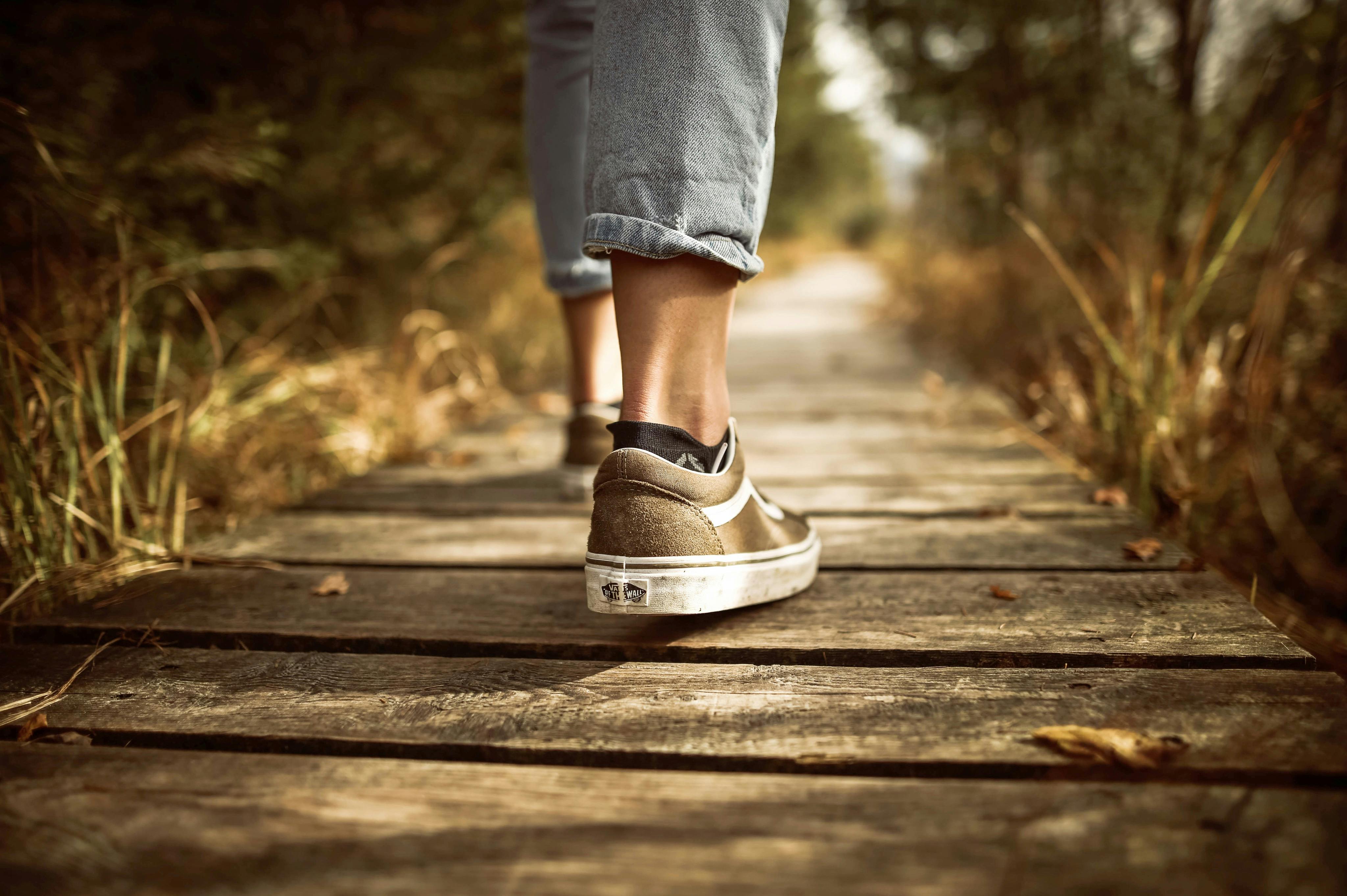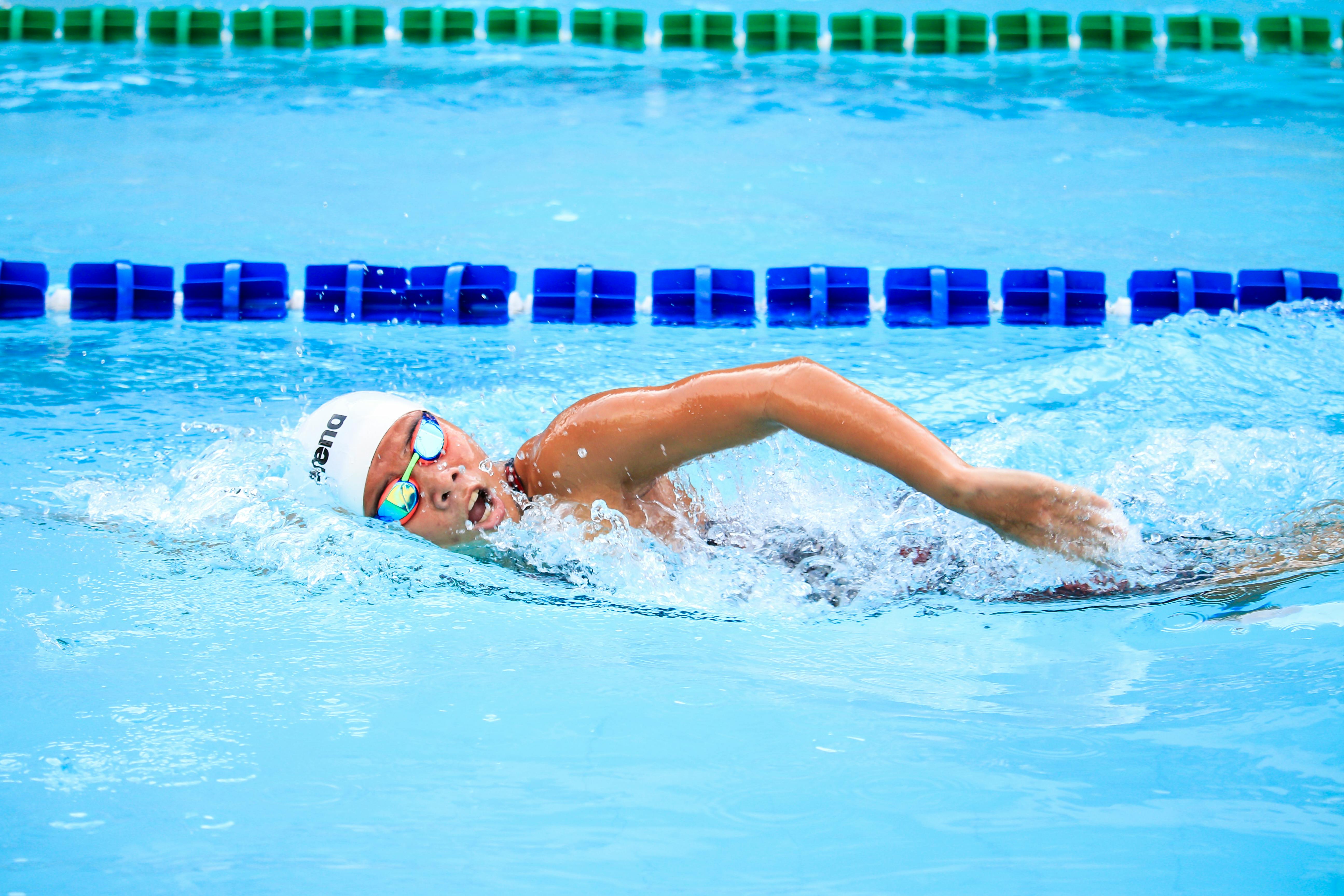7 'Movement Practices' Proven to Reduce Anxiety and Stress
Walking: The Simplicity of Movement

Walking, often underestimated as a form of exercise, is a powerful tool for reducing stress and anxiety. The rhythmic nature of walking promotes the release of endorphins, contributing to a feeling of well-being and relaxation. Walking outdoors, in particular, enhances these benefits by connecting individuals with nature, which has been shown to reduce feelings of stress and improve mood. The simplicity of walking makes it accessible to nearly everyone, requiring no special equipment or training. Regular walks, whether brisk or leisurely, provide an opportunity for reflection and mindfulness, encouraging a mental reset and fostering a sense of calm.
Swimming: The Aquatic Escape

Swimming offers a unique combination of aerobic exercise and relaxation, making it an effective practice for reducing anxiety and stress. The buoyancy of water supports the body, reducing physical strain while allowing for a full range of motion. This low-impact activity is particularly beneficial for those with joint issues or injuries. The rhythmic breathing and repetitive nature of swimming laps can induce a meditative state, helping to clear the mind and alleviate stress. Furthermore, the sensory experience of water—its temperature, sound, and movement—provides a soothing environment that promotes mental relaxation and emotional balance.
